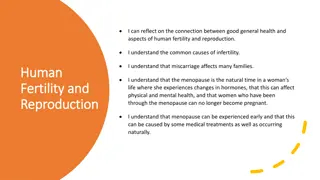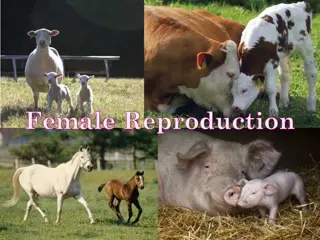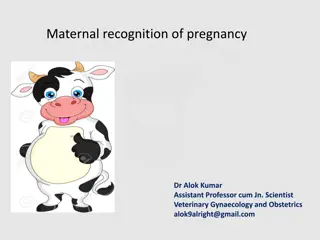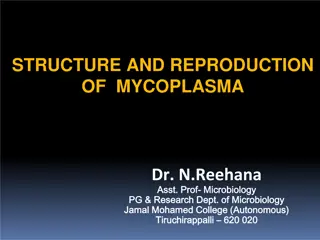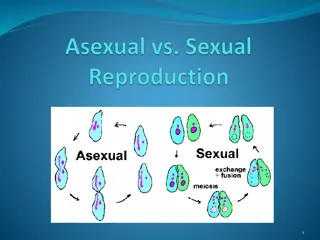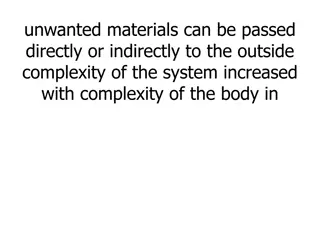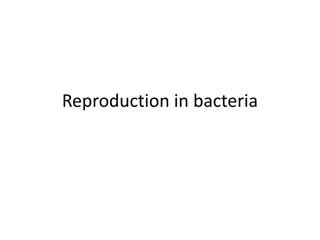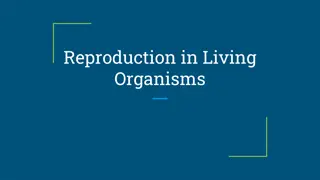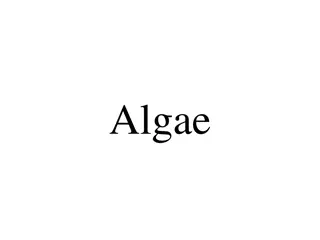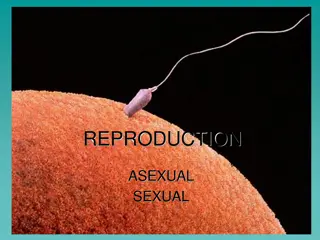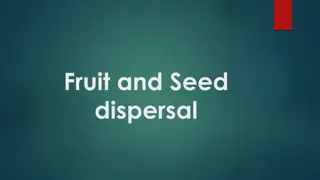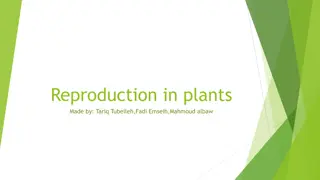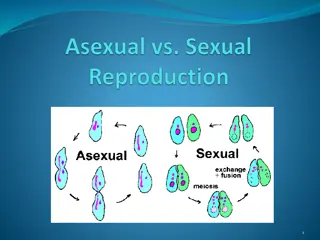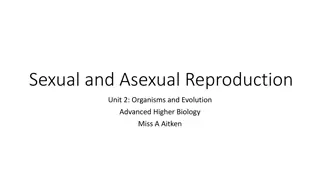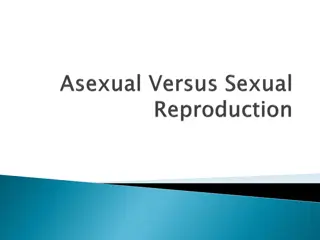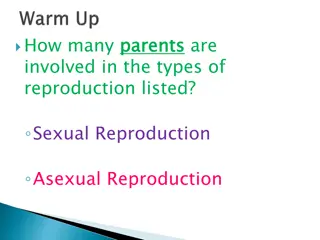Understanding Luteolysis and Prostaglandins in Reproduction
Luteolysis is a crucial process in the reproductive cycle involving the degradation of the corpus luteum. Prostaglandins, particularly PGF2, play essential roles in luteolysis, ovulation, maternal recognition of pregnancy, and other reproductive functions. Factors like progesterone, estrogen, and oxytocin influence the release of PGF2, ultimately leading to the blockage of luteotrophic action of LH. Explore the intricate mechanisms and significance of these processes in female reproductive physiology.
Download Presentation

Please find below an Image/Link to download the presentation.
The content on the website is provided AS IS for your information and personal use only. It may not be sold, licensed, or shared on other websites without obtaining consent from the author.If you encounter any issues during the download, it is possible that the publisher has removed the file from their server.
You are allowed to download the files provided on this website for personal or commercial use, subject to the condition that they are used lawfully. All files are the property of their respective owners.
The content on the website is provided AS IS for your information and personal use only. It may not be sold, licensed, or shared on other websites without obtaining consent from the author.
E N D
Presentation Transcript
proestrus Estrus Metestrus Diestrus PGF2 Decreasing progesterone
Prostaglandin Unsaturated fatty acid Precursor (Arachidonic acid ) In general it is not hormone Produced by cells throughout the body Cells in the ovary and uterus (female) Vesicular glands (male) Act locally at the site of its production, and in some cases its action is in another tissue or organ Several types of prostaglandin, type E and F is very important in reproduction
In cow, sheep and goat During luteolysis the PGF2 transfer from uterus to the ovary through a countercurrent circulation pattern PGF2 diffuses from the utero-ovarian vein to the ovarian artery then to the corpus luteum (local transmission) In mare During luteolysis the PGF2 transfer systemically from uterus to the blood then to the ovary then to the corpus luteum
The main functions for prostaglandins in the females Luteolysis (PGF2 ) Ovulation (PGF2 and PGE2) Maternal recognition of pregnancy (PGE2) Ovum transport Sperm transport Parturition
Three important factors play a role for releasing the PGF2 : Progesterone (from corpus luteum) Estrogen (from follicles or adrenal gland) Oxytocin (from corpus luteum) The progesterone assist for accumulation the arachidonic acid in the uterus While the estrogen act to form a special receptors in the uterus Finally the oxytocin bind with these receptors for releasing a special enzymes which responsible to change the arachidonic acid to PGF2
The effect of PGF2 in luteolysis is blocking the luteotrophic action of LH In general the LH lead to maintain the function of corpus luteum This maintenance occur by binding the LH with its receptors The PGF2 cause a blocking between the LH and corpus luteum
Special protein (interferon) secret from fetus in day 13-18 from pregnancy Blocking the oxytocin receptors No any changing for the arachidonic acid to PGF2 As well as the PGE2 act anti luteolytic hormone


